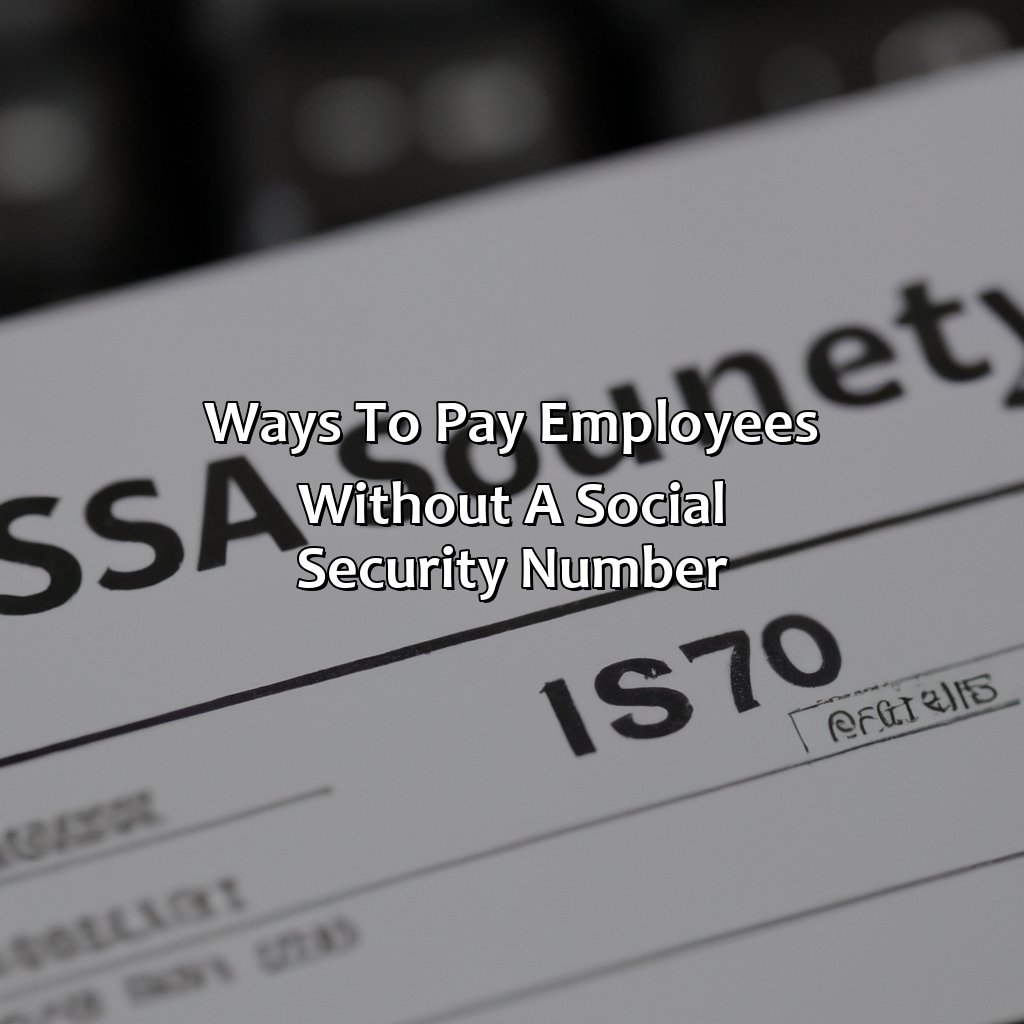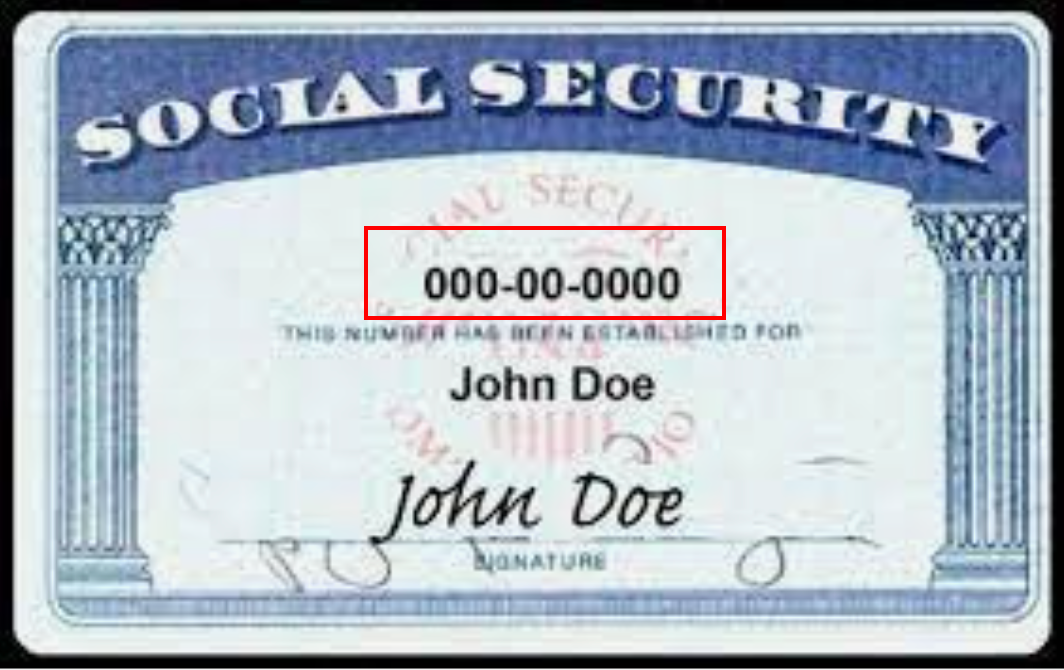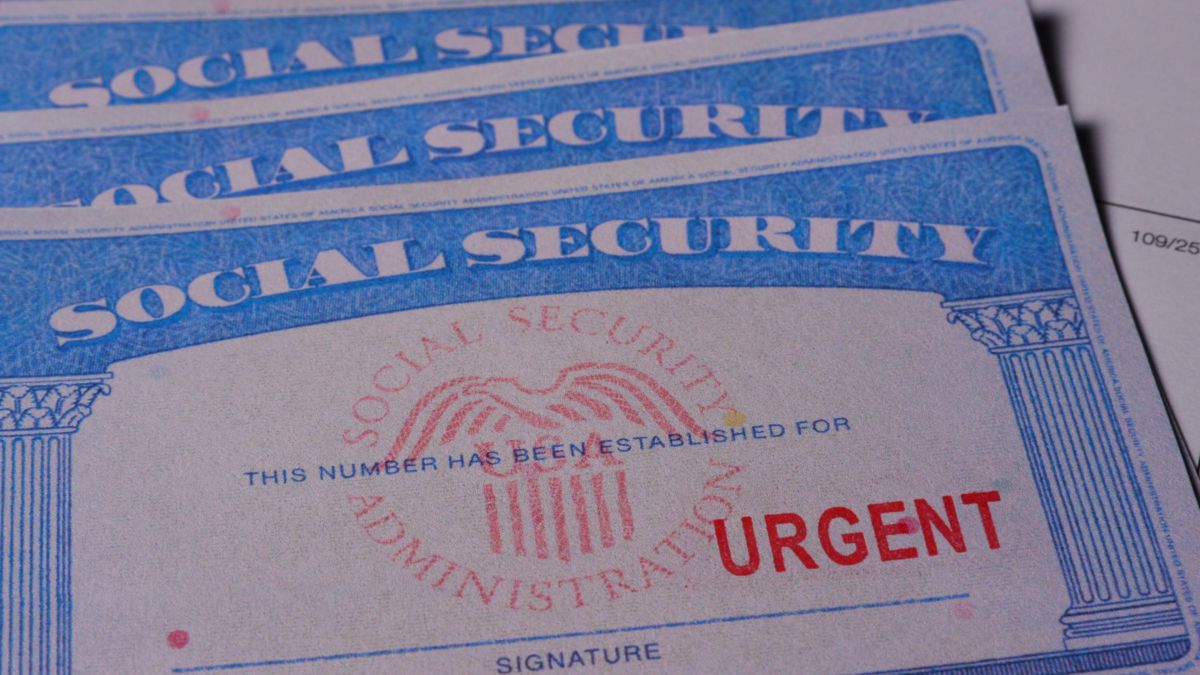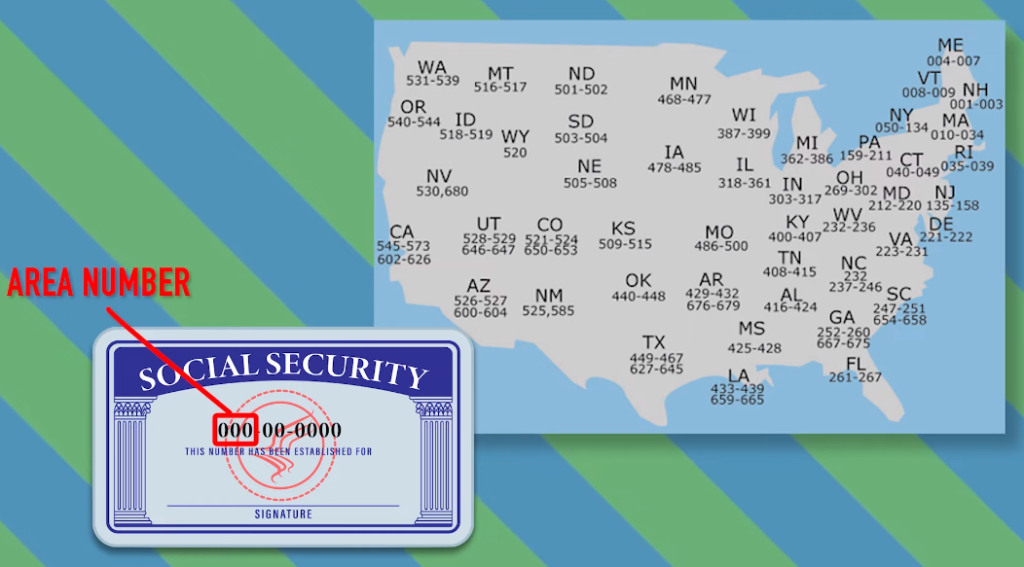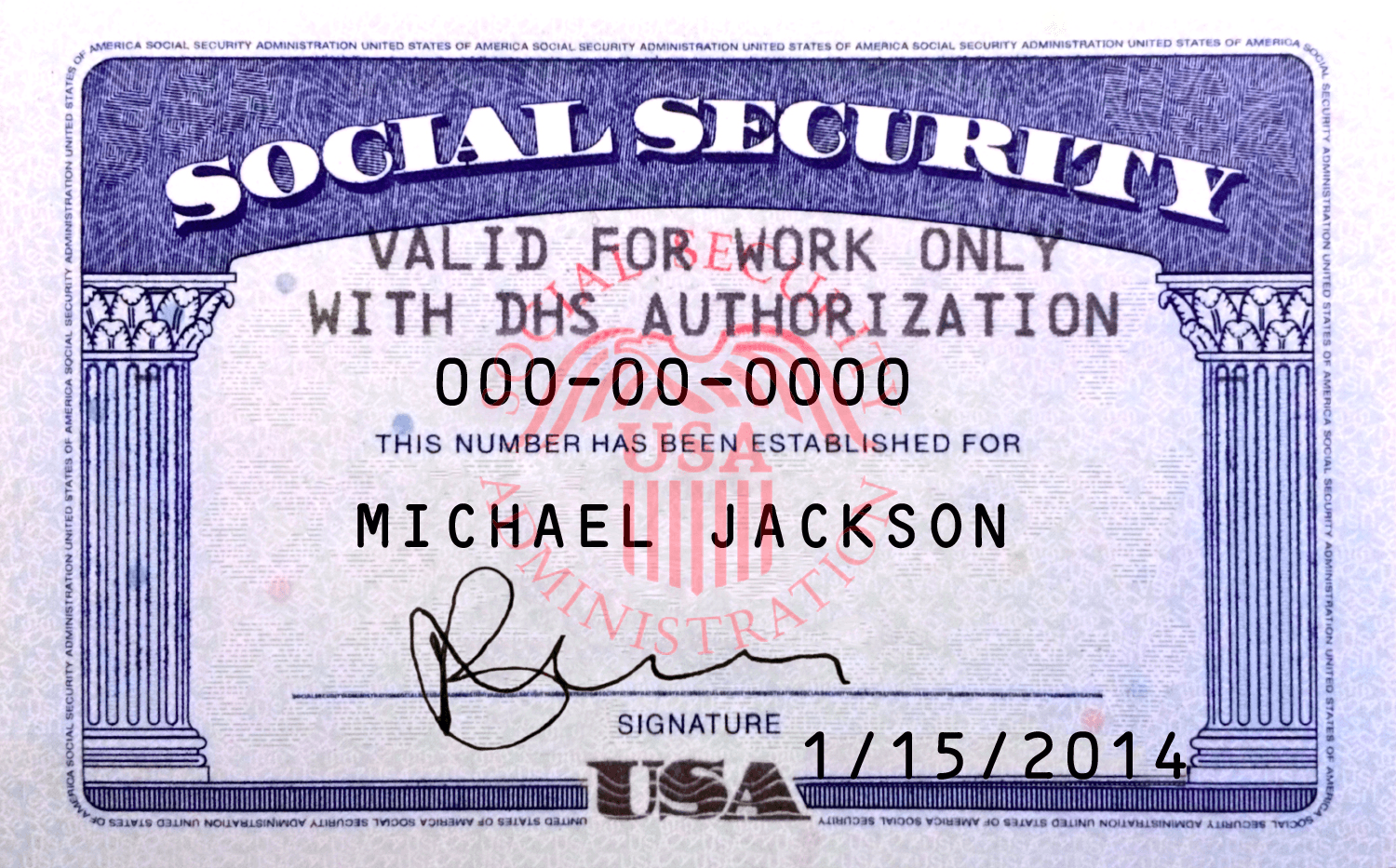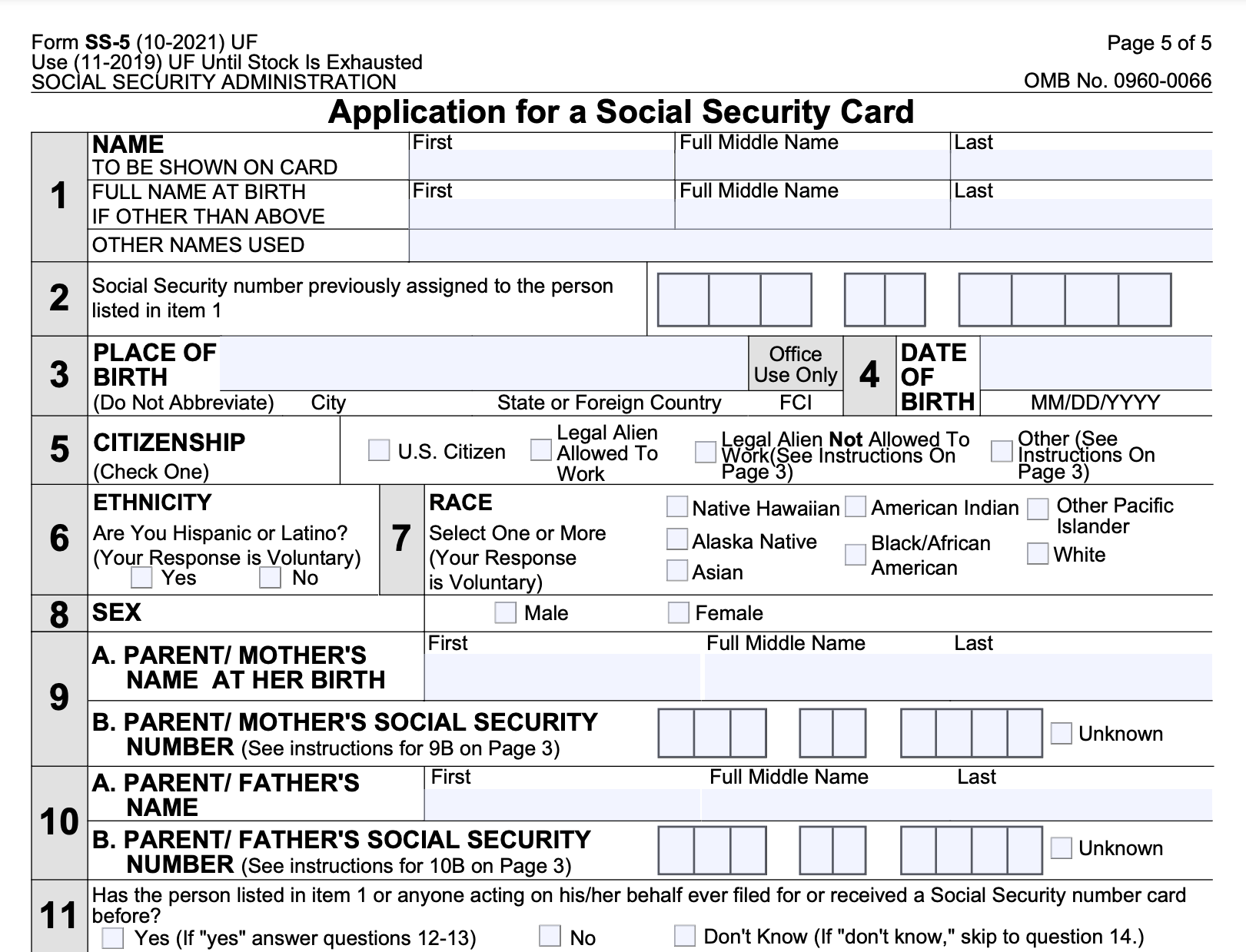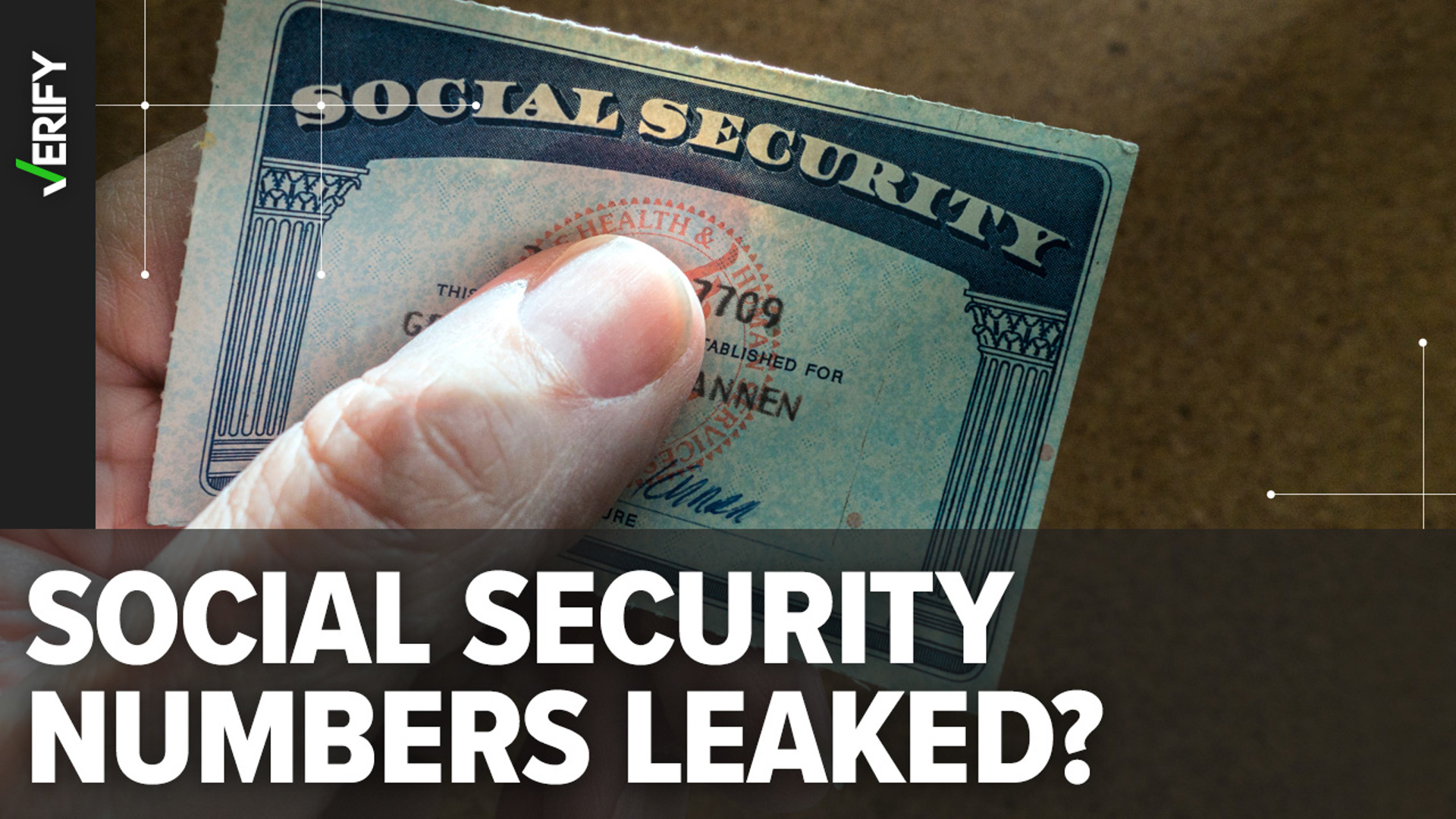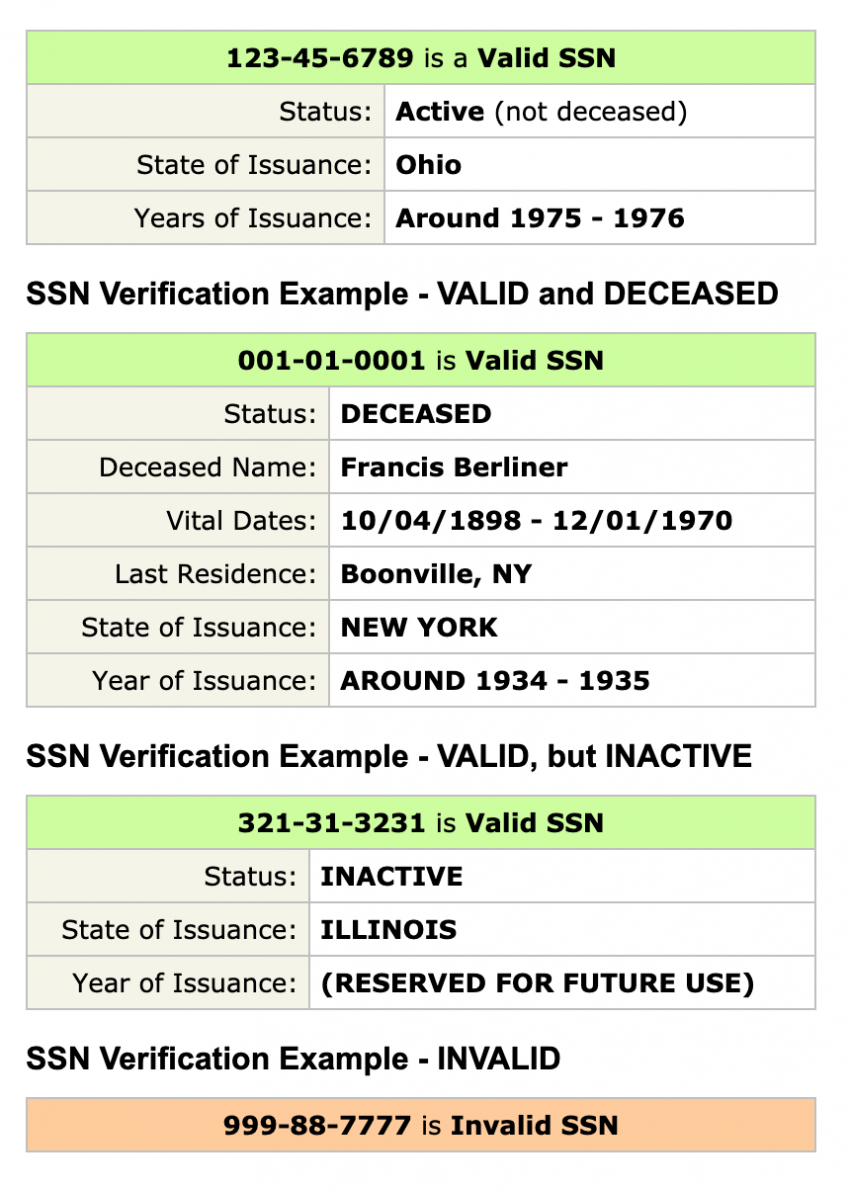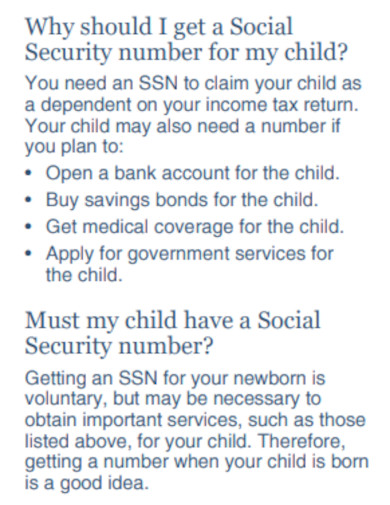How To Unflag Social Security Number

For millions of Americans, a Social Security number (SSN) is more than just an identifier; it's a key to accessing essential benefits and services. However, there are instances when an SSN can be flagged, creating significant hurdles for individuals attempting to access these resources.
Understanding how to unflag an SSN and navigating the process is crucial for those affected. This article provides a factual overview of the process, drawing on information from government resources and expert opinions.
Understanding SSN Flags
An SSN can be flagged for various reasons, including suspected fraud, identity theft, or inaccuracies in reported information. This "flag" isn't a formal legal designation, but rather an internal marker within the Social Security Administration's (SSA) systems.
Flags can prevent individuals from receiving benefits, opening bank accounts, or even obtaining employment. The SSA uses flags to protect the integrity of the system and to prevent fraudulent claims.
Steps to Take When Your SSN is Flagged
If you suspect your SSN has been flagged, the first step is to contact the Social Security Administration directly. You can reach them by phone at 1-800-772-1213 or visit your local Social Security office.
Prepare to provide identifying information, including your name, date of birth, and SSN, to verify your identity. Be prepared to clearly and calmly explain your situation.
Ask the SSA representative to explain why your SSN has been flagged and what documentation is needed to resolve the issue. Document everything, including the date, time, and the name of the representative you spoke with.
Gathering Necessary Documentation
The specific documentation required to unflag your SSN will vary depending on the reason it was flagged. Commonly requested documents include your Social Security card, driver's license or state-issued ID, birth certificate, and proof of address.
If the flag is related to suspected identity theft, you may need to provide copies of police reports or affidavits. If the issue relates to earnings discrepancies, you will need to provide W-2 forms or pay stubs.
Submitting Your Documentation
Once you have gathered the necessary documentation, you will need to submit it to the SSA. The SSA representative will advise you on the best method for submission, which may include mailing copies of the documents or presenting the originals in person at a local office.
Keep copies of all documents you submit for your records. It is also wise to send documents via certified mail with return receipt requested, providing proof that the SSA received them.
Following Up with the SSA
After submitting your documentation, it is crucial to follow up with the SSA regularly to check on the status of your case. The processing time can vary depending on the complexity of the issue.
Maintain a detailed record of all communication with the SSA, including dates, times, and the names of representatives you speak with. Persistence is key to resolving these types of issues.
Seeking Assistance from Advocacy Groups
Navigating the process of unflagging an SSN can be complex and frustrating. If you are struggling to resolve the issue on your own, consider seeking assistance from advocacy groups or legal aid organizations.
These organizations can provide valuable guidance and support, helping you understand your rights and navigate the bureaucratic process. Many offer free or low-cost legal services to those who qualify.
Preventing Future Issues
To minimize the risk of your SSN being flagged in the future, take steps to protect your personal information. Be cautious about sharing your SSN, and regularly monitor your credit report for any signs of identity theft.
Report any suspected fraud or identity theft to the SSA and the Federal Trade Commission (FTC) immediately. The FTC's IdentityTheft.gov website provides resources and guidance for victims of identity theft.
Conclusion
Dealing with a flagged Social Security number can be a stressful experience, but understanding the process and taking proactive steps can help individuals resolve the issue and regain access to essential benefits and services. By following the steps outlined above and seeking assistance when needed, those affected can navigate the process successfully. Remember to remain persistent, organized, and informed throughout the process.
